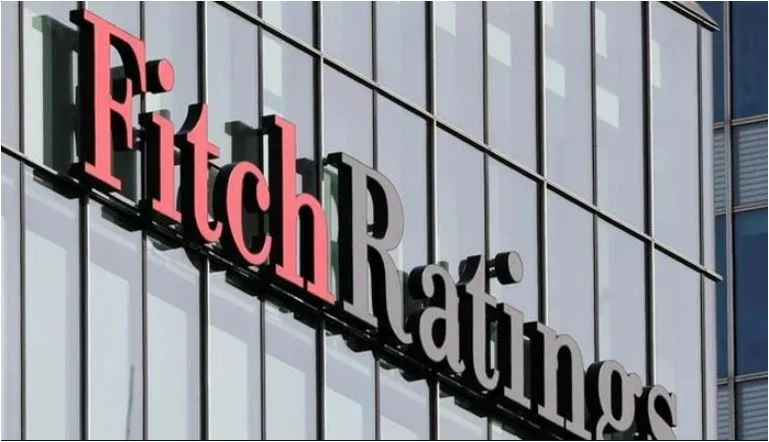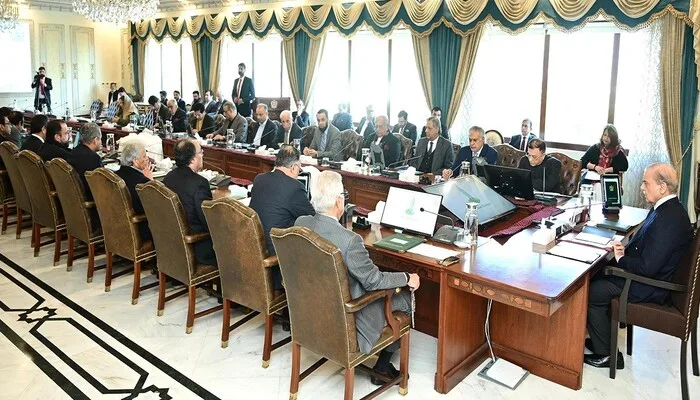
Islamabad, April 15 — Fitch Ratings on Monday upgraded Pakistan’s long-term foreign-currency issuer default rating to ‘B-’ from ‘CCC+’, reflecting improved fiscal management, stabilised external accounts, and stronger economic policymaking. The outlook remains stable.
The upgrade signals renewed investor confidence in Pakistan’s ability to enforce reforms under its ongoing International Monetary Fund (IMF) programme. The government recently secured a $1.3 billion Resilience and Sustainability Facility (RSF) in March, alongside a review of the $7 billion Extended Fund Facility (EFF).
Confidence in Economic Management
Fitch stated the new rating reflects “growing confidence” in Pakistan’s fiscal discipline. The agency expects the country to maintain tight economic policies, recover international reserves, and manage external funding needs. However, it warned that financing needs remain high and risks to reform implementation still exist.
Finance Minister Senator Muhammad Aurangzeb welcomed the move. “This upgrade is a strong vote of confidence in our economic reforms and policies,” he told Geo News.
He added, “This development will boost investment, trade, job creation, and industrial growth. Global investors and institutions will now place greater trust in Pakistan.”
Fiscal and Debt Improvements
Pakistan’s budget deficit is projected to shrink to 6% of GDP in FY25, down from nearly 7% last year. This is mainly due to reduced spending and provincial surpluses. The primary surplus is expected to double, crossing 2% of GDP.
Fitch reported that public debt fell to 67% of GDP in FY24, compared to 75% a year earlier. A steady downward trend is expected, though interest costs remain high. The interest-to-revenue ratio is forecast at 59% in FY25, far above the 13% median for countries in the B category.
Inflation Eases, Growth Rebounds
Inflation is expected to drop significantly—from over 20% to 5% in FY25—before slightly increasing to 8% in FY26. The State Bank of Pakistan (SBP) has kept its policy rate unchanged at 12%, after aggressive cuts in 2024. GDP growth is projected to bounce back to 3% in FY25.
External Accounts Show Stability
The country recorded a $700 million current account surplus during the first eight months of FY25. This was driven by higher remittances and lower import prices. Foreign exchange reserves surged to nearly $18 billion in March, up from less than $8 billion in early 2023.
Still, challenges remain. Pakistan must repay over $8 billion in external debt this year and about $9 billion in FY26. The government expects to raise $10 billion in fresh funding in the second half of FY25 from multilateral and commercial sources.
Political Risks Persist
Although Prime Minister Shehbaz Sharif’s coalition holds a parliamentary majority, a weak public mandate, political tensions, and border security issues pose risks to economic progress.
Fitch’s model initially rated Pakistan as ‘CCC+’, but the rating committee applied a one-notch upgrade. The decision reflects improvements in inflation control and macroeconomic policies.















